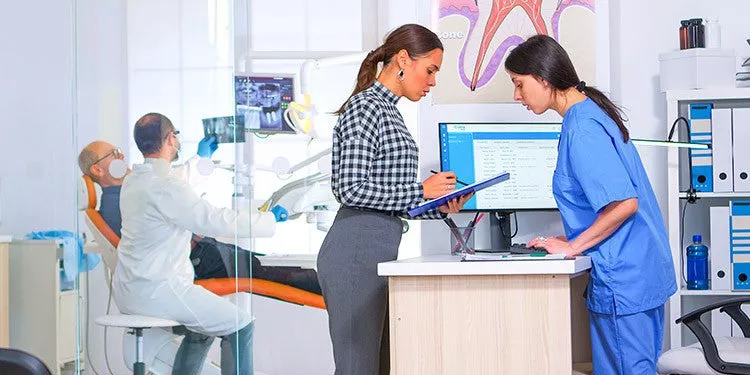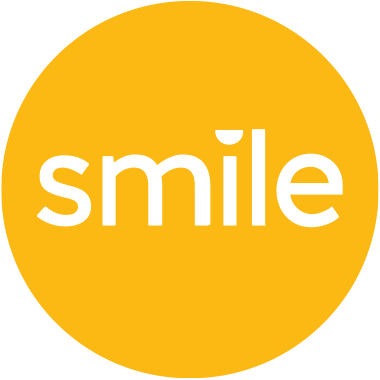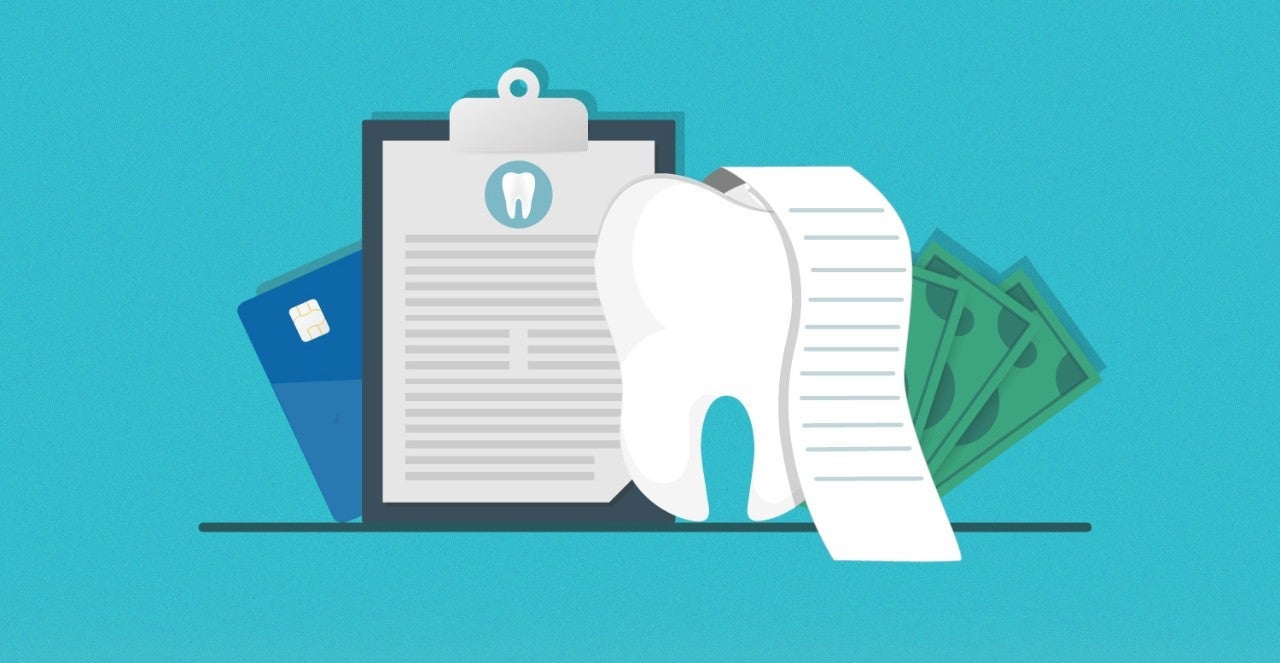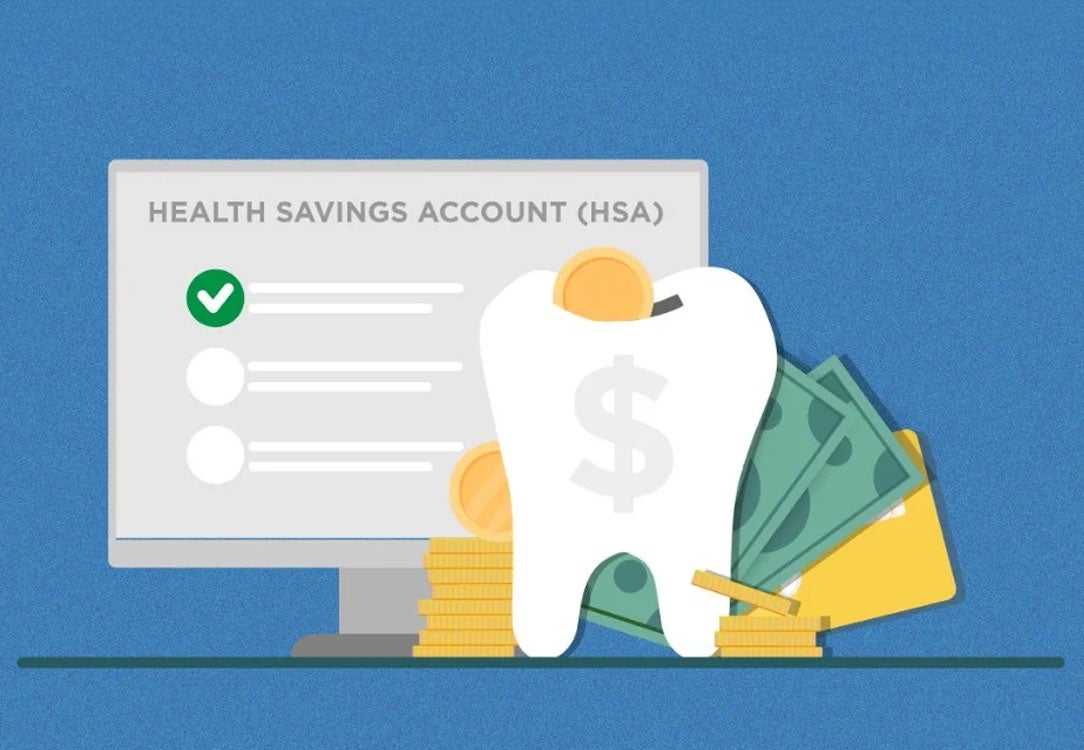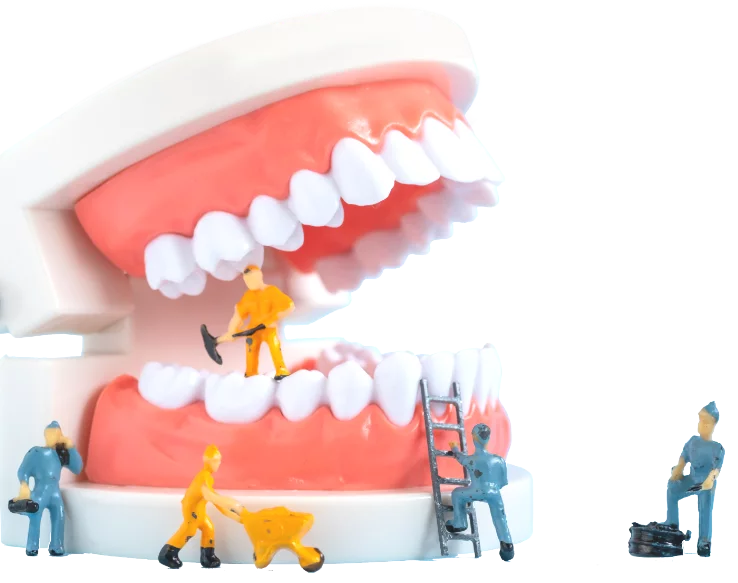What to Do if You Don’t Have Dental Insurance
For some people, purchasing an individual dental insurance plan could make sense. This option could be relatively affordable: The monthly premium could be around $50, depending on the plan you choose. However, many policies have waiting periods before coverage kicks in, so a new policy may not help pay for impending dental work.
What to Do if You Need Emergency Dental Work Without Insurance
Many people who have dental emergencies but no dental insurance visit hospital emergency rooms: In 2017, there were about 2.1 million dental-related visits to emergency rooms, and nearly 30% of adult visitors were uninsured. While emergency rooms may offer pain medicine or other symptom relief, they don’t generally have dentists on staff to perform emergency dental work.
Options for Seeing a Dentist Without Dental Insurance
Dental School Clinics
Dental students need hands-on experience before they can graduate, so most dental schools operate teaching clinics. At these clinics, dental students provide reduced-cost services to community members under the supervision of licensed dentists. Available services may vary based on students’ educational needs but could include anything from routine cleanings and fillings to more complex procedures, such as dental implants.
Public Dental Clinics
Local health departments may run taxpayer-funded public dental clinics that provide free or low-cost dental services. Harris County Public Health in Texas, for example, operates two public dental clinics where uninsured patients can receive a wide range of treatments, such as cleanings, fillings, and extractions. Contact your local health department to learn about public dental clinics in your area.
Free Dental Clinics
Government Programs
- Medicare: The federal government’s health plan for people 65 years of age and older and some younger adults with disabilities. While traditional Medicare doesn’t cover most dental services, it may cover inpatient hospital care if you need an emergency dental procedure. Medicare Advantage plans may offer dental coverage.
- Medicaid: A joint federal-state program that provides health insurance to eligible low-income Americans. Each state’s Medicaid program is required to cover dental care for kids, but adult dental benefits vary. Some states don’t cover any dental care for adults, while others may only cover emergency dental services. Some state Medicaid programs provide comprehensive dental coverage.
- Children’s Health Insurance Program (CHIP): Provides health coverage to children with family incomes too high to qualify for Medicaid. State’s CHIP programs are required to cover dental services that help restore teeth and maintain oral health.
Dental Savings Plans
Dental savings plans are membership programs that may offer cost-savings on services from participating dentists. They’re sometimes called "access plans" or "discount plans." Since dental savings plans aren’t dental insurance, there may be no waiting period before receiving services.
Did you know? A Smile Generation Dental Plan can help you save up top 50% on your treatment?
Talk to Your Dentist
How to Avoid Costly Dental Work
Stay On Top of Your Oral Hygiene Routine
Following a good at-home oral hygiene routine can help you prevent oral health problems, such as cavities, gum recession, and gum disease.
- Toothbrushing. Using a soft-bristled toothbrush and fluoride toothpaste, brush your teeth twice per day. Hold your brush at a 45-degree angle to your gums, and gently clean the outer, inner, and chewing surfaces of your teeth using short back-and-forth strokes. Brushing your teeth thoroughly takes about two minutes.
- Flossing. Floss at least once a day to clean areas of your mouth that can’t be reached with your toothbrush. To properly floss, use an 18-inch piece of floss and gently clean the spaces between your teeth and along your gumline. If you have trouble using string floss, tools such as interdental brushes or oral irrigators could be helpful.
- Mouthwash. Using mouthwash is an optional step that could be helpful for some people. While it’s not a substitute for floss, it can get in between your teeth and help reduce plaque. Mouthwash may also help reduce the risk of cavities and gum disease.
See Your Dentist Regularly
Regular dental visits may help you prevent some dental problems, such as cavities or gum disease. Plus, when you see your dentist regularly, they have the opportunity to spot dental problems at an early stage, when those problems may be easier — and more affordable — to fix.
- How much is a filling without insurance? This may vary based on the size of your cavity and the type of filling material. Dental amalgam (silver) fillings are a lower-cost option that starts at around $130 to $150, while composite resin (tooth-colored) fillings tend to be a bit pricier at $160 to $200.
- How much is a tooth extraction without insurance? Pulling a tooth that’s fully visible above the gum line may cost about $160 to $215, on average. In cases where the bone and/or gum tissue needs to be surgically removed to reach the tooth, extractions cost an average of about $285 to $555.
- How much does a root canal cost without insurance? A root canal on a front tooth averages around $700 to $900. For a molar, the average is higher at around $950 to $1,300. To protect the treated tooth, your dentist may need to place a crown.
- How much is a crown without insurance? Depending on the material it’s made from, a crown costs an average of around $800 to $1,500. Composite resin crowns tend to cost less than porcelain or gold crowns.
Save with the Smile Generation Dental Plan
With the Smile Generation, it’s easy to understand how to pay for dental work without insurance. All Smile Generation-trusted offices accept the Smile Generation Dental Plan, a dental savings plan that could help you save 20%-60% on Mouth-Body Connection® procedures. If you're wondering where can you find a dentist near me, use our Find a Dentist tool to search for dentists in your area.
Find your trusted, local dentist today!
Sources
Smile Generation blog articles are reviewed by a licensed dental professional before publishing. However, we present this information for educational purposes only with the intent to promote readers’ understanding of oral health and oral healthcare treatment options and technology. We do not intend for our blog content to substitute for professional dental care and clinical advice, diagnosis, or treatment planning provided by a licensed dental professional. Smile Generation always recommends seeking the advice of a dentist, physician, or other licensed healthcare professional for a dental or medical condition or treatment.


